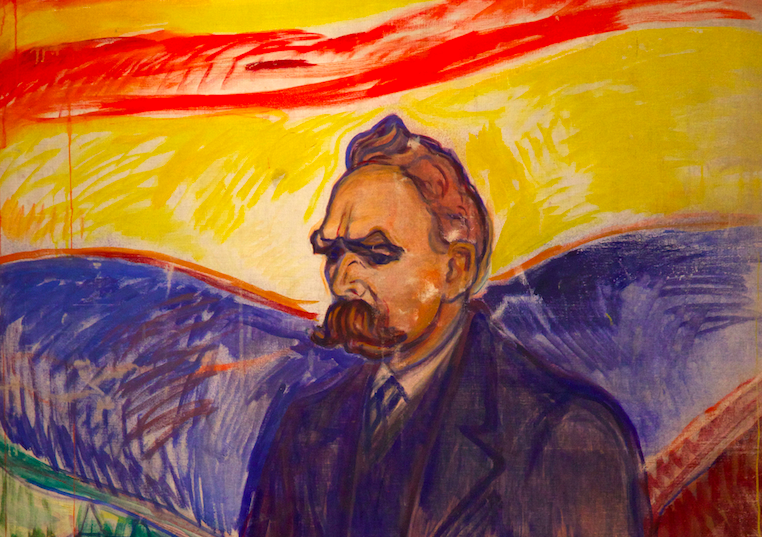- Select a language for the TTS:
- UK English Female
- UK English Male
- US English Female
- US English Male
- Australian Female
- Australian Male
- Language selected: (auto detect) - EN
Play all audios:
_Science_ 323, 1026–1030 (2009) The difficulty in designing nanoscale circuit boards lies in keeping electrons from leaving the conducting material through which they flow. With this in
mind, Jeremy Levy of the University of Pittsburgh in Pennsylvania and his colleagues have devised 2-nanometre-wide circuits that confine electrons to the two dimensions of the chip's
'wiring' by trapping a gas of them at the interface of polar and nonpolar metal oxides. Their circuits are made using a conducting atomic force microscope tip with positive voltage
on the polar oxide, which changes the electronic properties of the oxide. Passing a tip with a negative voltage back over the circuits erases them. These processes can be repeated hundreds
of times. The authors demonstrated the concept by building electronic components such as field-effect transistors. RIGHTS AND PERMISSIONS Reprints and permissions ABOUT THIS ARTICLE CITE
THIS ARTICLE Nanotechnology: Etch a circuit sketch. _Nature_ 457, 1061 (2009). https://doi.org/10.1038/4571061a Download citation * Published: 25 February 2009 * Issue Date: 26 February 2009
* DOI: https://doi.org/10.1038/4571061a SHARE THIS ARTICLE Anyone you share the following link with will be able to read this content: Get shareable link Sorry, a shareable link is not
currently available for this article. Copy to clipboard Provided by the Springer Nature SharedIt content-sharing initiative




